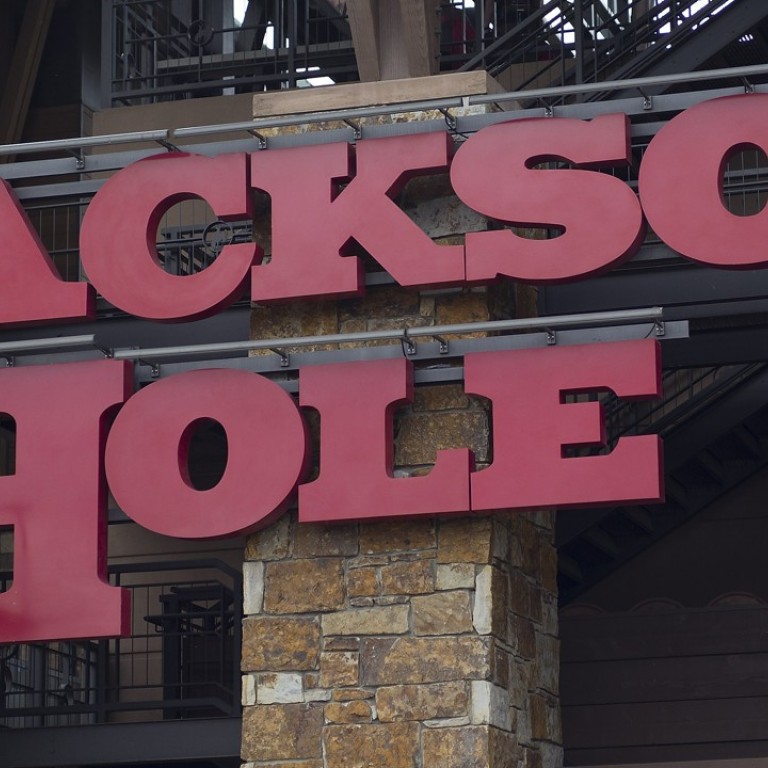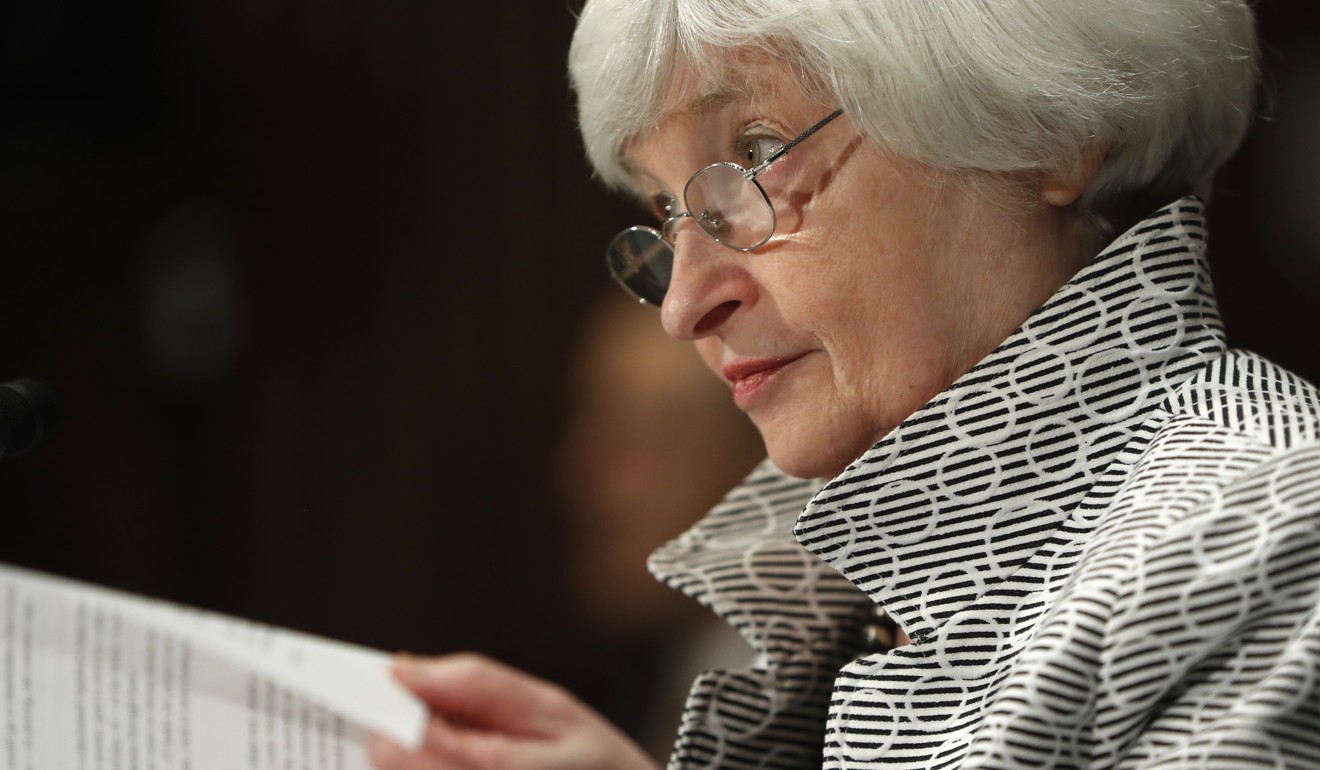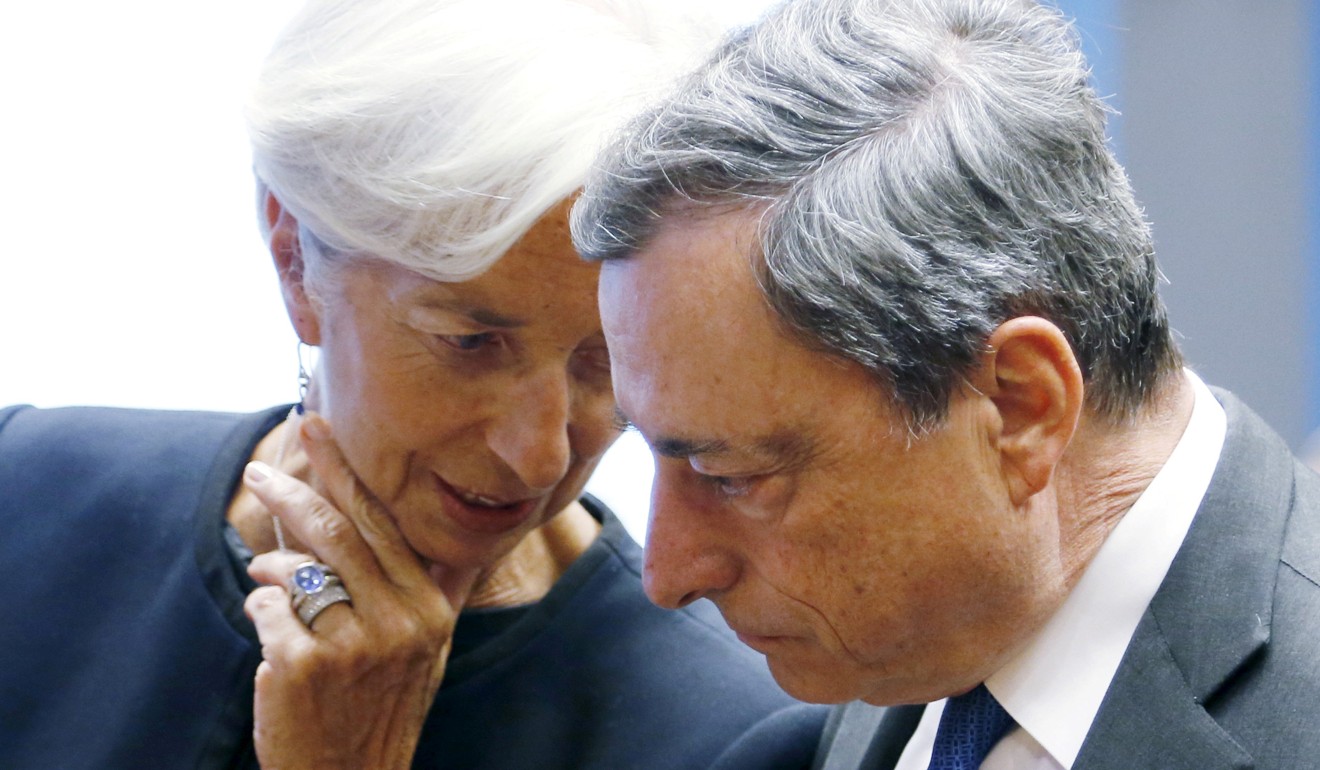
Why this year’s Jackson Hole meeting is worth watching
‘The risk is that markets are caught napping’
The annual central bank jamboree at Jackson Hole, Wyoming is again upon us. Running from August 24-26 and hosted by the Kansas City Federal Reserve, this talking shop for central bankers and other invited thought leaders has heralded some market-moving surprises in recent years. 2017 may be no exception.
The risk of a surprise that will roil the markets is only increased by the fact that the build-up to the start of the symposium has seen attempts to play down the possibility of such an eventuality. The risk is that markets are caught napping.
European Central Bank (ECB) President Mario Draghi will be attending the symposium for the first time in three years. His attendance was announced as far back as July 13 and had raised expectations that the ECB chief had booked his slot early with the intention of saying something significant on policy.
After all, on his last visit in 2014, Draghi stole the show with an unscripted comment about low inflation in the euro zone that proved, some months later, to be the precursor to the ECB’s adoption of additional ultra-accommodative monetary policy measures in the form of large-scale asset purchases.
As this year’s symposium is occurring less than two weeks before the next ECB policy meeting, investors had wondered whether Draghi would this time use the Jackson Hole platform to flag the possibility of a measure of tighter euro zone monetary policy that would then be unveiled in Frankfurt on September 7.

Yet, media reports last week quoted sources, albeit unnamed, as saying that Draghi would not be delivering any new policy message at Jackson Hole and instead would focus on the conference theme of “Fostering a Dynamic Global Economy”.
Market participants might legitimately wonder why, after a three-year absence, Draghi has decided to fly half way round the world just to say nothing.
In reality, it might be that when his attendance at Jackson Hole was originally announced last month, Draghi had indeed intended to make a material statement on the direction of ECB monetary policy but that such a plan has been thwarted by subsequent developments.
Although the ECB left policy unchanged at its last meeting on July 20, currency market participants took the euro higher after traders concluded Draghi’s comments at the ECB’s press conference indicated a somewhat relaxed attitude to the single currency’s rise. “The repricing of the exchange rate has received some attention during the various exchanges and in various ways,” was all Draghi said on the issue.
Yet last week’s release of the minutes of that ECB meeting suggested policymakers weren’t quite so relaxed, stating that “concerns were expressed about a possible overshooting in the repricing by financial markets, notably the foreign exchange markets, in the future.”
If Draghi used Jackson Hole to allude to possible monetary policy tightening, via, for example, a tapering of asset purchases, the euro would likely rise again, exacerbating the type of concerns mentioned in the minutes.
If Draghi instead chose to downplay the chances of a taper or push back against euro strength, the euro would come off in value but at the risk of leaving the markets uncertain about what line on monetary policy the ECB is actually pursuing.
And if Draghi just sticks to the symposium theme and says nothing of note on policy, markets may wonder whether his authority at the ECB has somehow been eroded in the aftermath of the July 20 policy meeting.

Whatever Draghi says, market volatility might ensue.
There’s also the issue of what Federal Reserve Chair Janet Yellen might say when she speaks at Jackson Hole on August 25.
Yellen’s participation was only announced last Thursday and there had been speculation that with her term as Fed chief expiring in February and question marks over whether President Trump might re-appoint her, she might stay away from the meeting.
The fact that Yellen has decided to attend might lead markets to think she has reason to believe she might be re-appointed. But equally, if Yellen herself believes her chances of re-appointment are nil, she may feel she could use Jackson Hole as a platform from which to speak candidly.
Though the latter possibility is an outlier, if it transpires it will surely trigger market volatility. And given that the markets have only had a few days’ notice that Yellen would attend and speak at the symposium, there hasn’t been much time to quantify the risk associated with her presence.
Investors seem relaxed about what might emerge from Jackson Hole this week. Perhaps they are too relaxed.

